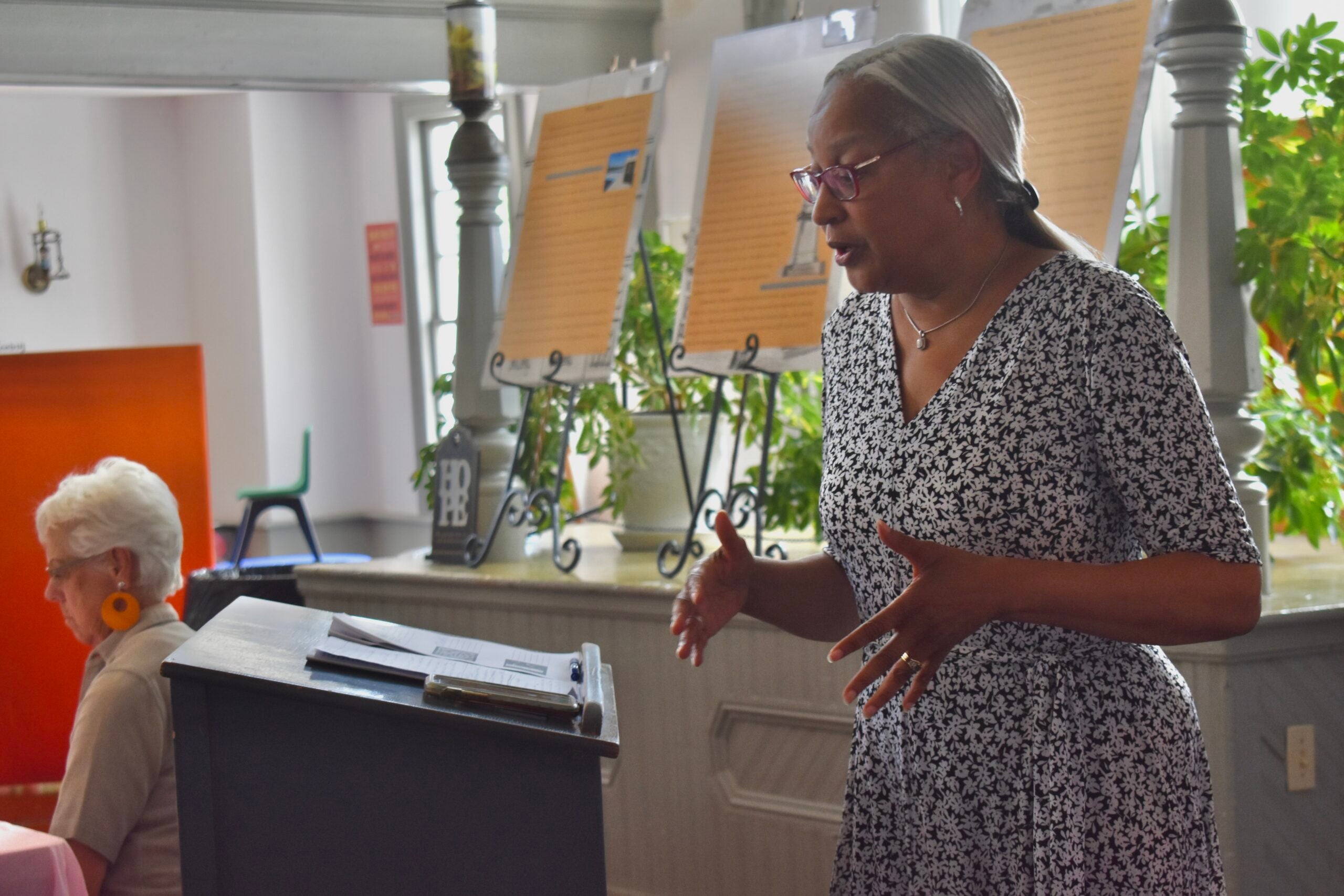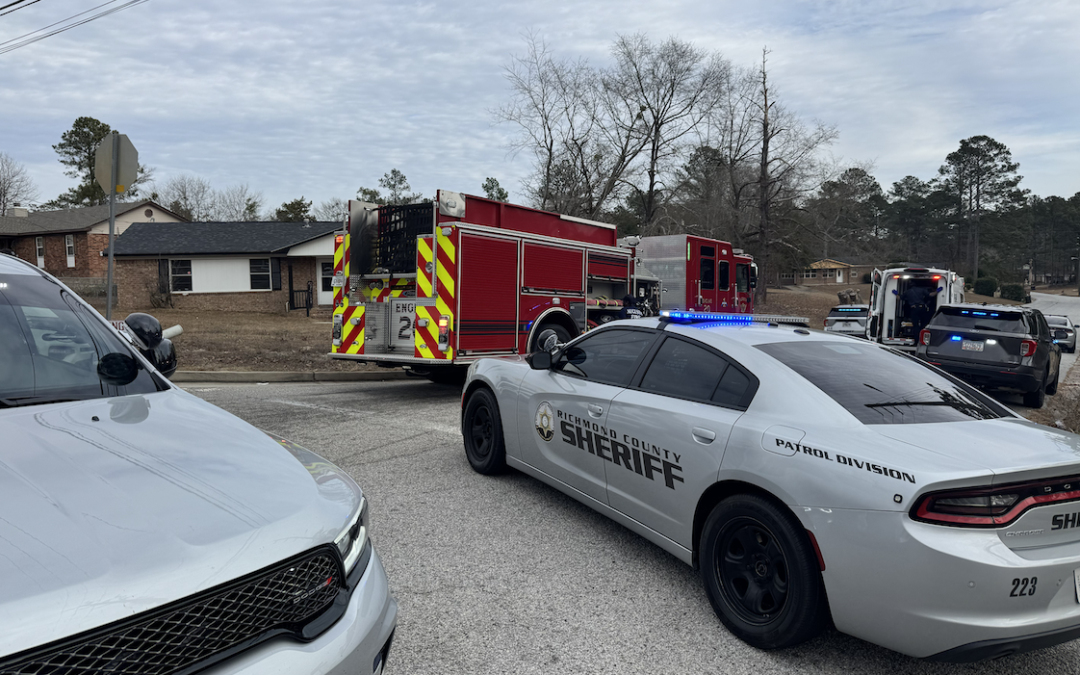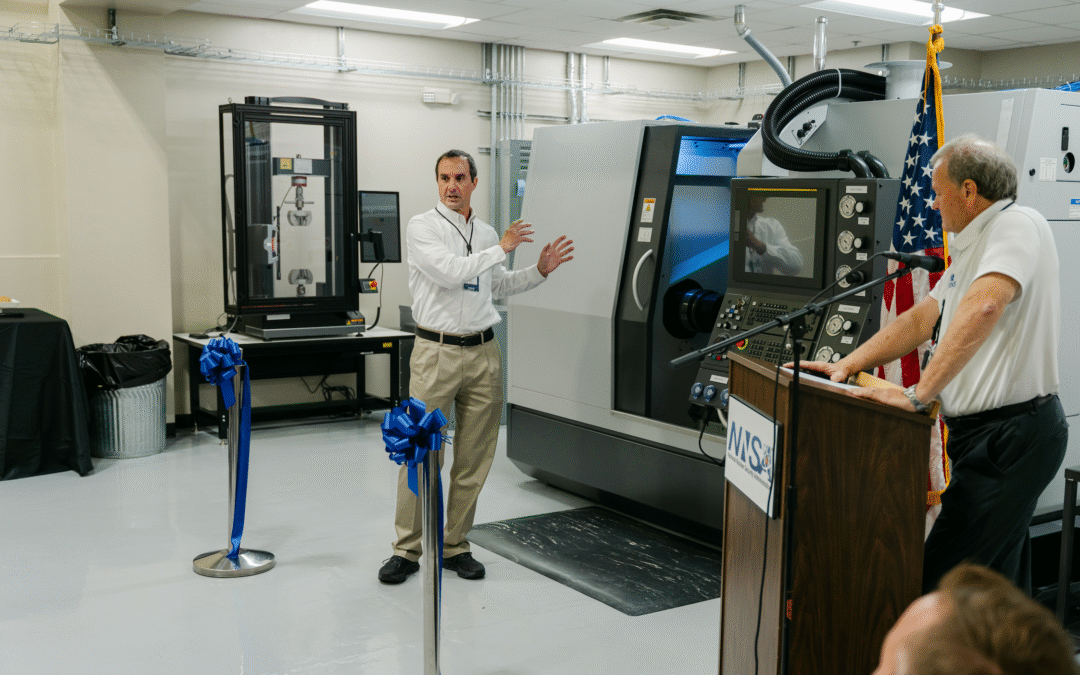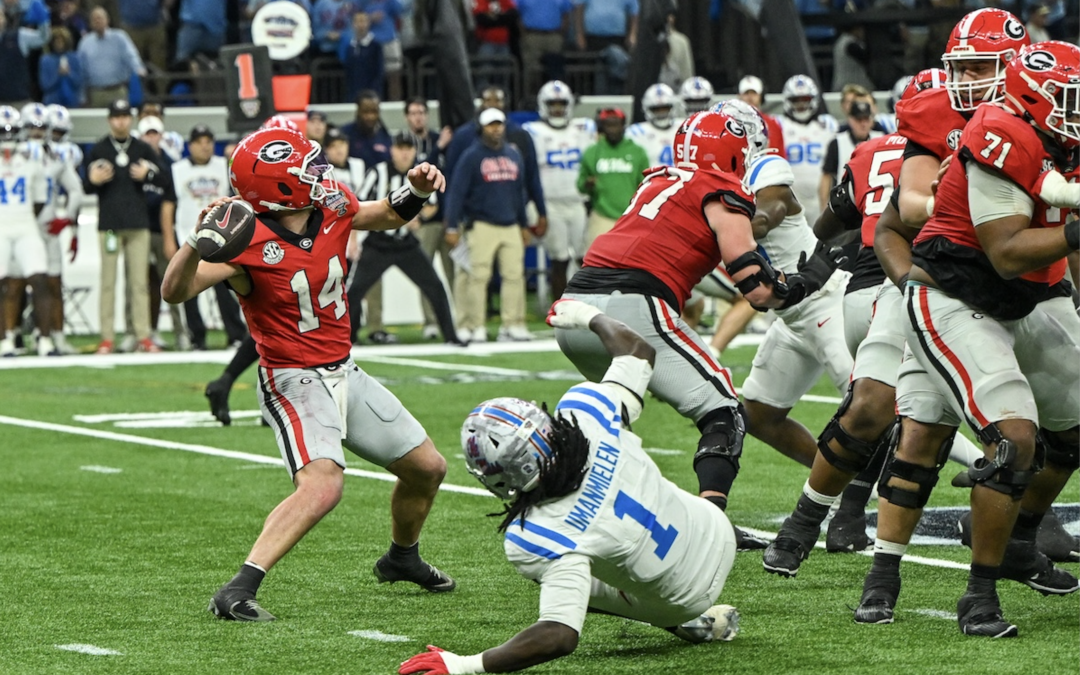On Friday and Saturday, July 7 and 8, several interested historians, professors and local amateur history buffs gathered at downtown’s Springfield Baptist Church to hear about collaborative historical efforts happening within the CSRA.
Together, as a result of a grant from the Society of Civil War Historians and some money from the Cowboy Mike fund, partners from the University of Georgia (UGA), University of South Carolina (USC), Augusta University and the Lucy Craft Laney Museum of Black History hosted a community workshop to discuss the importance of Augusta’s Reconstruction era.
“I want people to leave with ideas about how we can do some of this historical interpretation in Augusta, because right now the landscape has no reconstruction history other than some of the Lost Cause and Confederate monuments,” said Augusta University’s Dr. Melissa DeVelvis, an assistant professor of history.
Honoring past historical events, DeVelvis said she was excited because the conference was occurring in a church that birthed the Georgia Equal Rights Association in 1866, Morehouse College and some Republican newspapers.
“The fact that we’re here, in this church specifically, on the anniversary of the Hamburg Massacre, which was just across the way, is just really cool – some importance took place here,” she said in reference to the nearby market town that existed in South Carolina’s Aiken County during the 1800s until violence erupted between African American militia and whites.
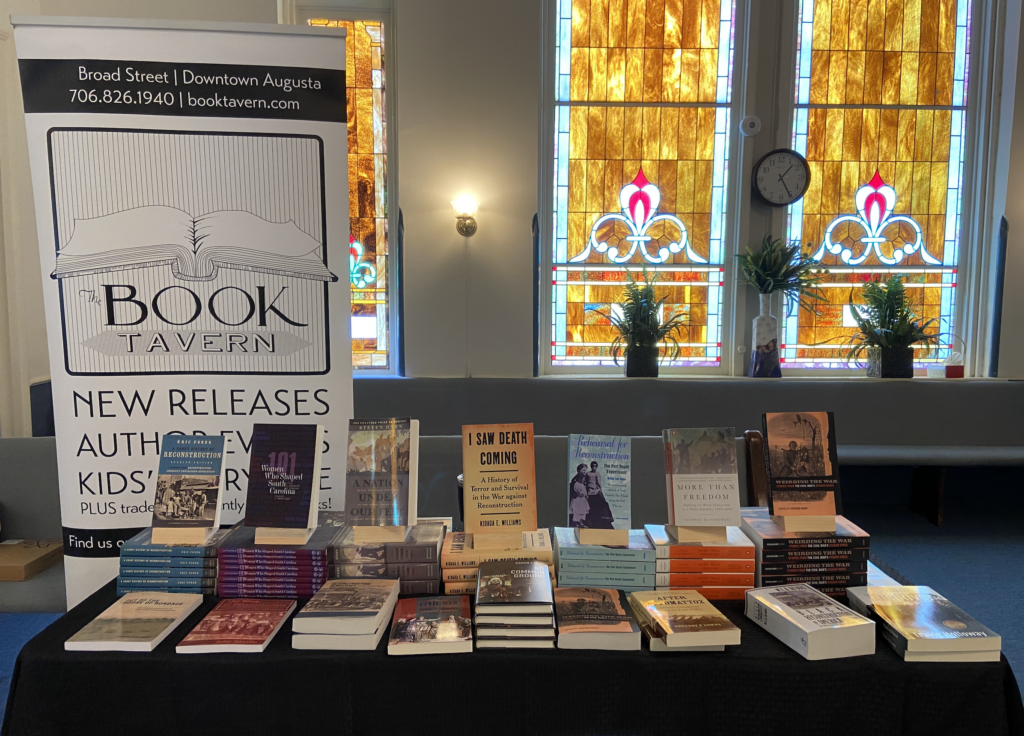
Following Friday’s film screening, Saturday’s event offered attendees a short bus tour of historic Augusta after which several community experts spoke on a variety of historical topics such as past influential public figures like Prince Rivers, and the thirty-third United States Colored Infantry Regiment of the Union Army during the American Civil War.
Ranging from 1865 to 1877, the conference focused on mostly lost or misplaced history and how educators can better interpret current archived information for relation, as well as how to make it more accessible for the public.
“I think the importance of this symposium for Reconstruction is how it ties into all the things that we do; for example, we just finished celebrating Juneteenth which is representative of freedom. Well, what did these people do with their freedom? How did they respond to this new found freedom?” said Corey Rogers, the Executive Director of the Lucy Craft Laney Museum of Black History. “It was through Reconstruction … the churches they established, the businesses they established. So, to me, it’s a great followup to what we were discussing with Juneteenth, emancipation and freedom.”
Keynote speakers included: Dr. Déanda Johnson, a historian from the National Park Service who specializes in Civil Rights; Dr. Stephen Berry, a professor at the University of Georgia who has written numerous historic works; Robin Waites, the Executive Director for Historic Columbia, who is known for historic preservation work in the Palmetto Compress Warehouse; Chris Barr, the Chief of Interpretation at the Reconstruction Era National Historical Park in South Carolina’s Beaufort County; and Dr. Valinda Littlefield, an associate professor of history at the University of South Carolina and the Interim Director for the Institute for the Study of the Reconstruction Era at USC Beaufort.
After Littlefield’s speech about teaching and preservation efforts happening at USC Beaufort, she highlighted the Department of History’s latest project revolving around collecting soldiers names and accounts from the thirty-third United States Colored Infantry Regiment of the Union Army, which is significant to South Carolina as it was later reorganized at the state’s first colored infantry and involved many Augustan natives.
“We are currently working on building a digital muster roll, because most of these names and faces aren’t known,” said USC colleague and fellow historian, Elizabeth Laney.
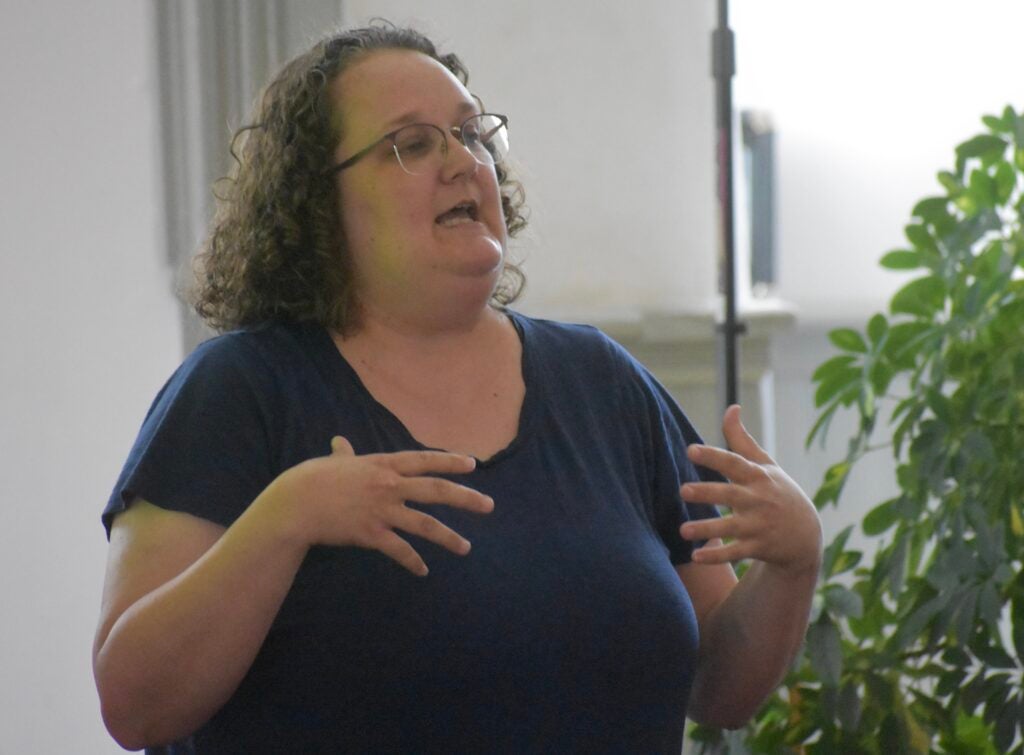
Collecting around 900 names after a year’s worth of digging into various archives, Littlefield and Laney partnered with DeVelvis, an assistant professor of history, and together believe the muster roll will reach a total of 1,300 soldiers – many of which were part of the Hamburg town.
Eventually, DeVelvis shared with audiences the end goal of having a fully digital and publicly accessible central hub of information regarding the Reconstruction era and especially further data of those within the thirty-third regiment.
“Most people have access to the internet,” she said. “I just want history to reach as many people as possible, and they can do that online in a way that ability impaired people can’t. We can’t all go to Boston and visit all the physical sites, but we can read the stuff online. I think digitization is kind of a democratization of history in a way, because everyone can do it and have the access that experts do.”
Attendee Dr. David Bulla, the Chair of the Communication Department in Augusta University’s Pamplin College of Arts, Humanities, and Social Sciences, said he believed the conference truly gave some community members a great introduction to reconstruction history.
Comparing great American wars to historical symbols, Bulla said many people were somewhat knowledgeable about the symbolism of the Civil War, but not necessarily the “mythology” behind it.
“Americans are sort of obsessed and in some ways not as informed as they should be about the Civil War,” he said. “Because before and after the war don’t get as much emphasis as the war itself … but the aftermath and before, in many ways, is just as important as the war itself.”
Prolific historian, researcher and author, Bulla said it was wonderful to gain some more insight into a subject of great interest to him.
“There are some things about the context that I wanted to know about in terms of the thirty-third regiment, which was stationed here after the war,” he said. “I’m after ‘what was it like to be in Augusta in the summer of 1865?’”
With pre-confirmed interest from West Point Cadets for next year’s second annual conference, AU and USC historians hope to have more partnerships established to grow their audience for future events to accomplish their mission of inspiring great dialogue between generations.
“I think people got to see a little glimpse of Augustan history that has been mostly overlooked, and I do think people behind the conference are trying to put it in the public eye a little more, which I think is a good thing,” said Bulla.

